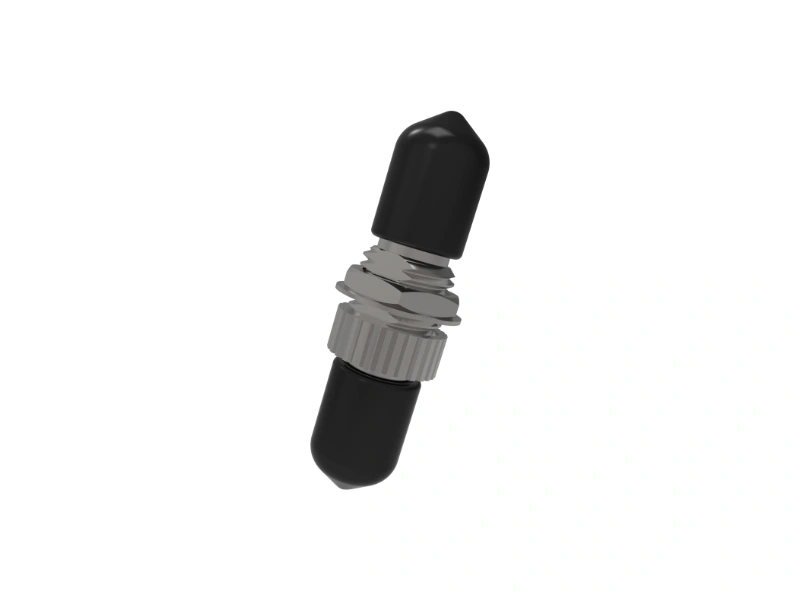Understanding the Expense of Installing Fiber Optic Adapters

Fiber optic adapters have become an indispensable component in modern connectivity solutions. Whether you are setting up a new network or upgrading an existing one, it's crucial to consider the cost of installing these adapters. This article provides an in-depth analysis of the factors that influence the pricing of fiber optic adapter installation.
1. Type and Number of Adapters Required
The cost of fiber optic adapter installation depends on the type and number of adapters needed. There are various types of adapters available, such as LC, SC, ST, and MTRJ, each with its own price point. Additionally, the number of adapters required for your project will impact the total cost. Larger projects may require bulk purchases, which can lead to discounts.
2. Cable Length and Complexity of Installation
The length of the cable required and the complexity of the installation process play a significant role in determining the overall cost. Longer cable lengths and intricate installation requirements can increase the labor and material expenses. Installations that involve complex routing, tight spaces, or special equipment can require additional charges.
3. Location and Accessibility
The location and accessibility of the installation site also impact the cost. If the site is challenging to access, such as a remote area or a high-rise building, additional costs may be incurred for transportation of materials and installation equipment. Furthermore, installations in hazardous environments or areas with strict security protocols may require specialized technicians, resulting in higher expenses.
In conclusion, the cost of fiber optic adapter installation varies depending on several factors, including the type and number of adapters required, cable length, complexity of installation, and location/accessibility of the site. By considering these factors, you can estimate the expenses associated with your specific project and make informed decisions.



